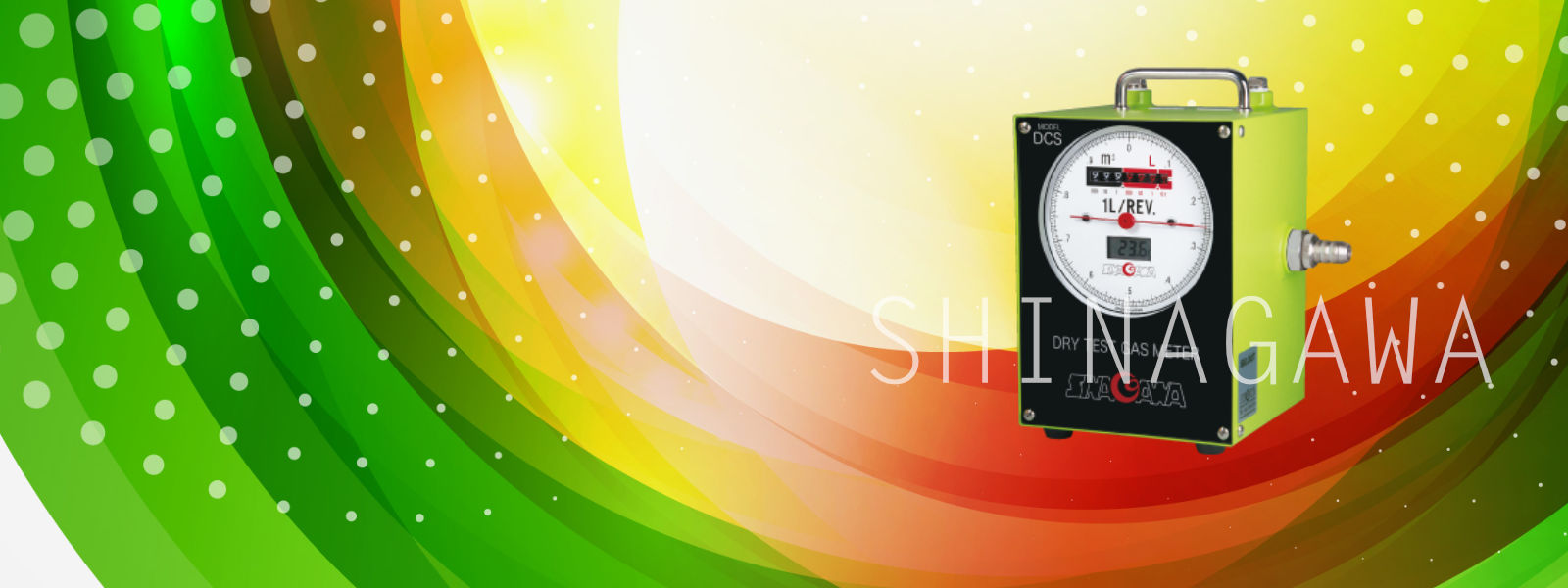Questions regarding calibration (inspection/testing)

Q&A
Questions regarding calibration (inspection/testing)
What is the difference between error and instrumental error?
Instrumental error represents the difference between the meter and the meter it was calibrated against.
On the other hand, error denotes the difference between observed value and true value.
What is the difference between instrumental error and deviation?
These are essentially the same. The term instrumental error is used in legal metrology.
What is uncertainty?
The uncertainty is the chance of there being a variation (fluctuation) in the measurement result.
This is used to prove that tracability is ensured (in accordance with JIS B 7556:2008).
Is there a difference between uncertainty and error?
Error shows the difference between the true value and the compared value, whereas the uncertainty shows the accuracy of the values themselves.
Can proof of trace or calibration be shown in the system chart?
The system chart can not show valid proof of calibration. The trace is shown, but the tracability certificate specifies the uncertainty, so we recommend that you request a tracability certificate.
What is a tracability certificate? How does it differ from a JCSS calibration certificate? Which of them is necessary?
It depends on the requirements of the standard you are following.
The tracability certificate proves the tracability to the Japanese National Standard, with associated uncertainty.
A JCSS calibration certificate is issued when the calibration is performed according to a method recognized by a third party (the national certification authority).
I need to correct for a value other than the ones that came with the meter. What should I do?
The best thing would be to send it in for recalibration. If this is not possible due to urgency, etc., draw a straight line between two values, and use the value you find here.
What would be best to do regarding calibration interval?
We recommend once a year, but this depends on the operating conditions. Please decide what works best for your company by considering the calibration results.
What should I do if I want to do in-house calibration.
We can provide calibration meters (wet gas meters) suitable for in-house calibration.
Which meter should I use as in-house standard (for calibration)?
We recommend our calibration wet gas meter, manufactured to conform to the Reference Standard meters.
Can I use a Reference Standard meter for in-house calibration?
In Japan, Reference Standard meters are restricted to designated manufacturing businesses. Overseas customers have no restrictions on purchasing and using a Reference Standard meter.
Can we receive an official certification (from Japanese authorities) for the gas meter we are using?
According to the Japanese Measurement Law, only Reference Standard meters can receive official certification.
For other meters, having them calibrated by us regularly helps to keep track of their condition.
Why is there such a big price difference between JCSS calibration and general calibration?
For general calibration, testing and inspection will be done according to our own standards.
For JCSS calibration, both calibration procedures and evaluation methods have been determined by a third party (the accreditation body). For this reason there is a difference in both time and price.
I requested additional calibration points, but the deviation in these points do not conform to Shinagawa's shipping standard (within ±0.9% on the comparison test).
Shinagawa's shipping standards, i.e. whether the meter passes testing, is based on comparison testing at pre-determined flow rates. As such, it is possible that other flow rates will give a deviation outside the shipping standard tolerance.
The calibration quote states that an adjustment fee will be incurred if the deviation is greater than ±0.9%, but we can accept a deviation of ±3%.
Our shipping standards are that deviation is within ±0.5% for new meters, and within ±0.9% for calibrated or repaired meters. If greater deviation is acceptable, we can ship the meter without adjustment, but the test report will not indicate that the meter has passed inspection.
How long is the validity of the test report?
The test report does not have a set validity. The user will have to determine a suitable calibration interval.
